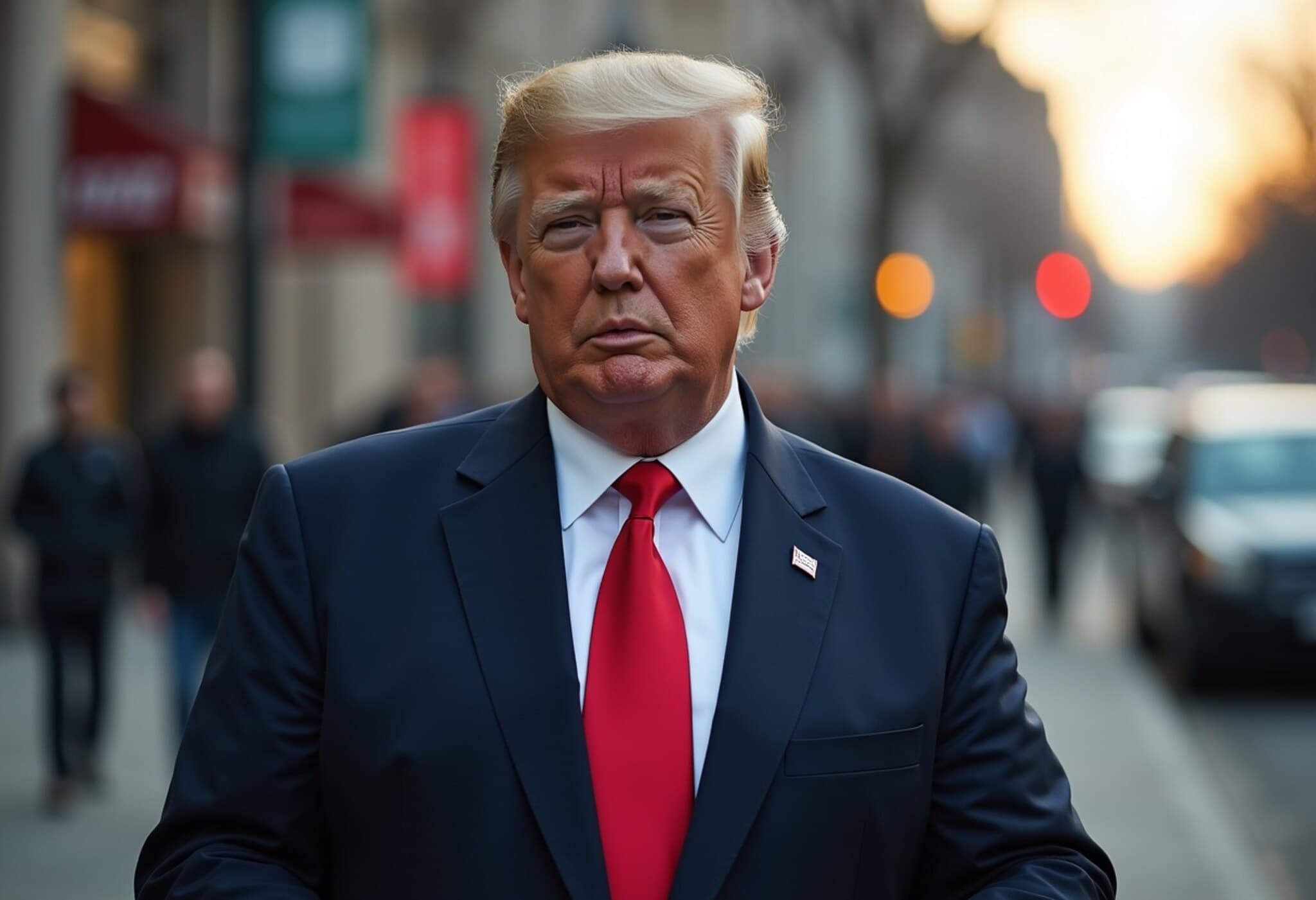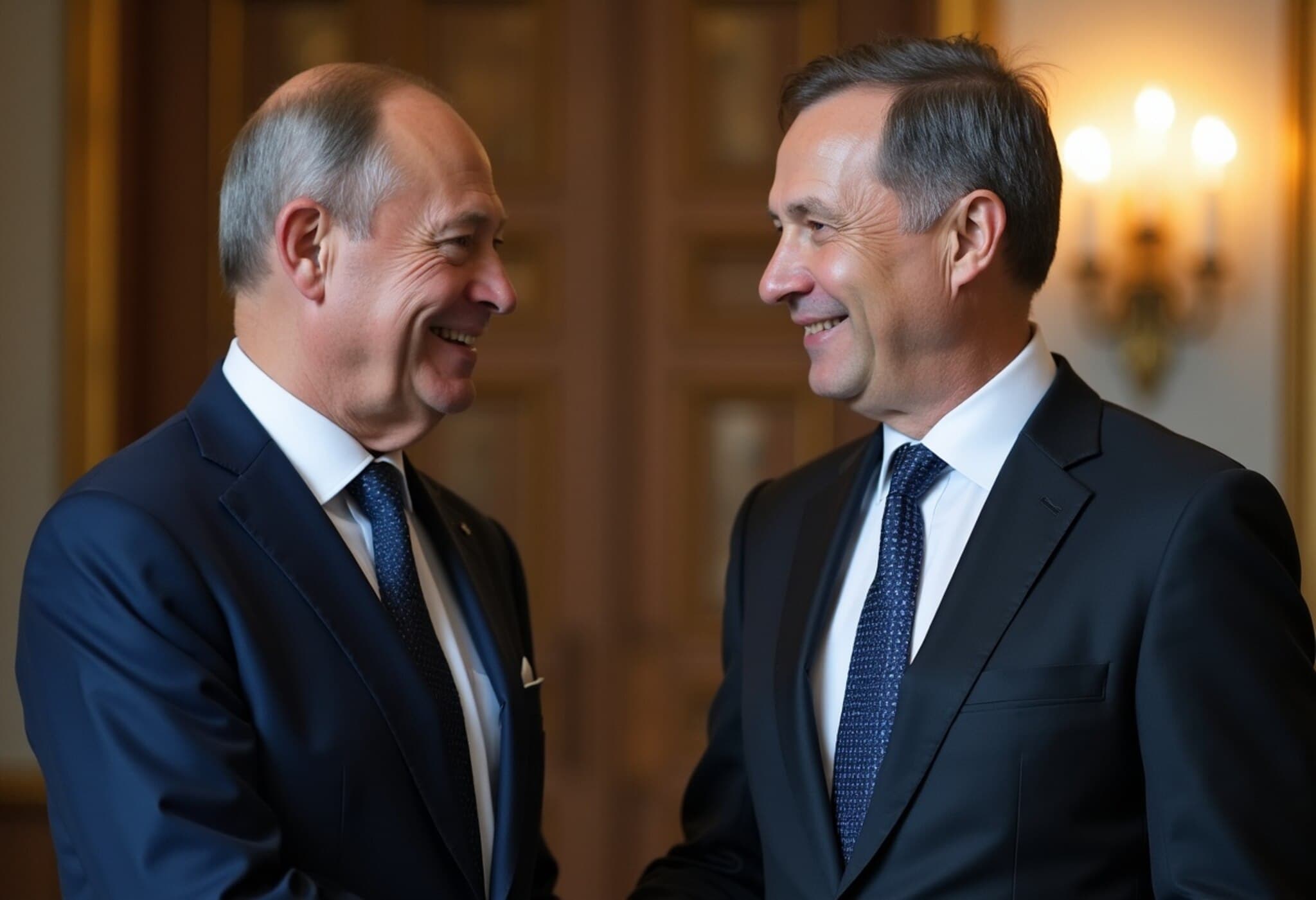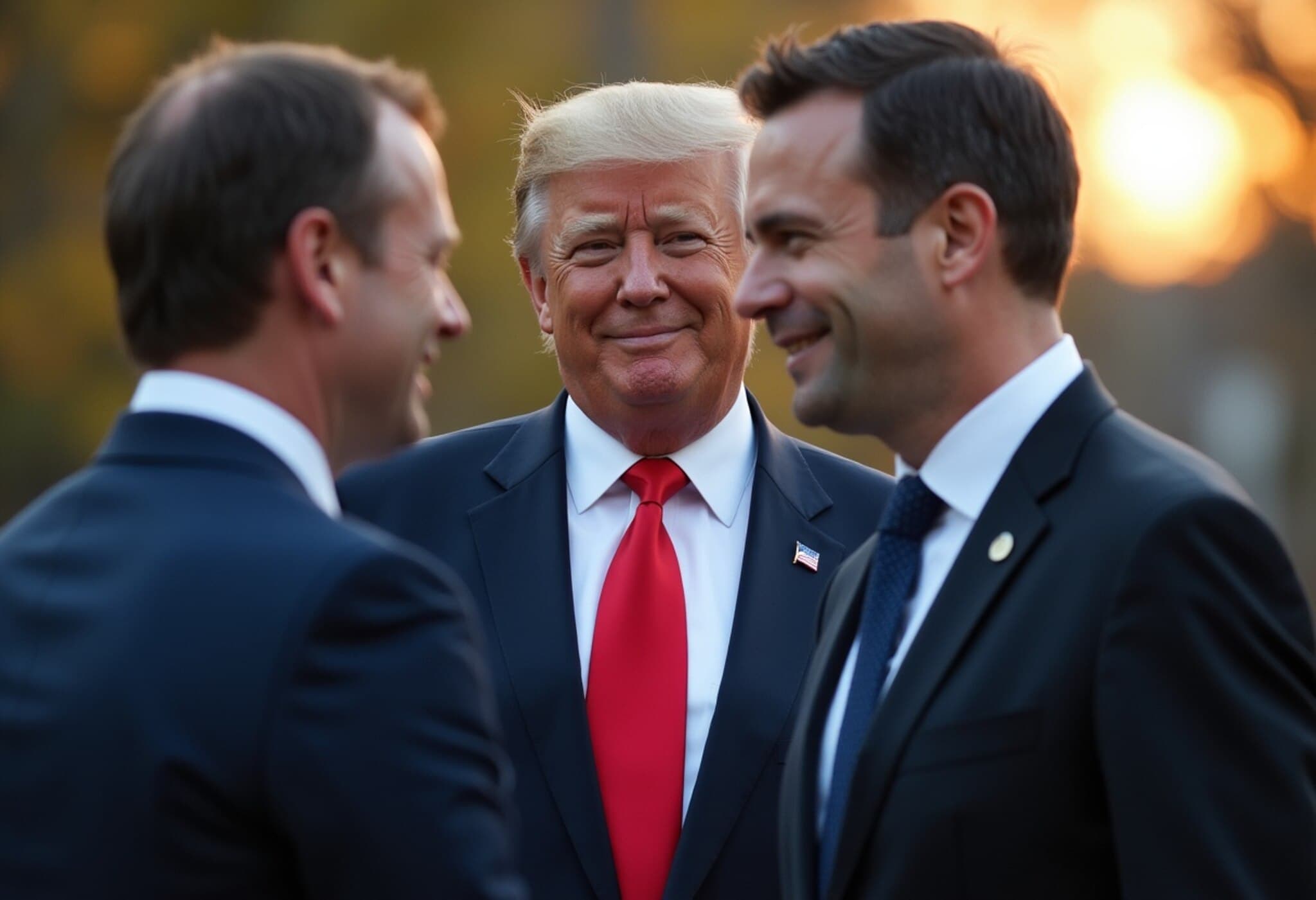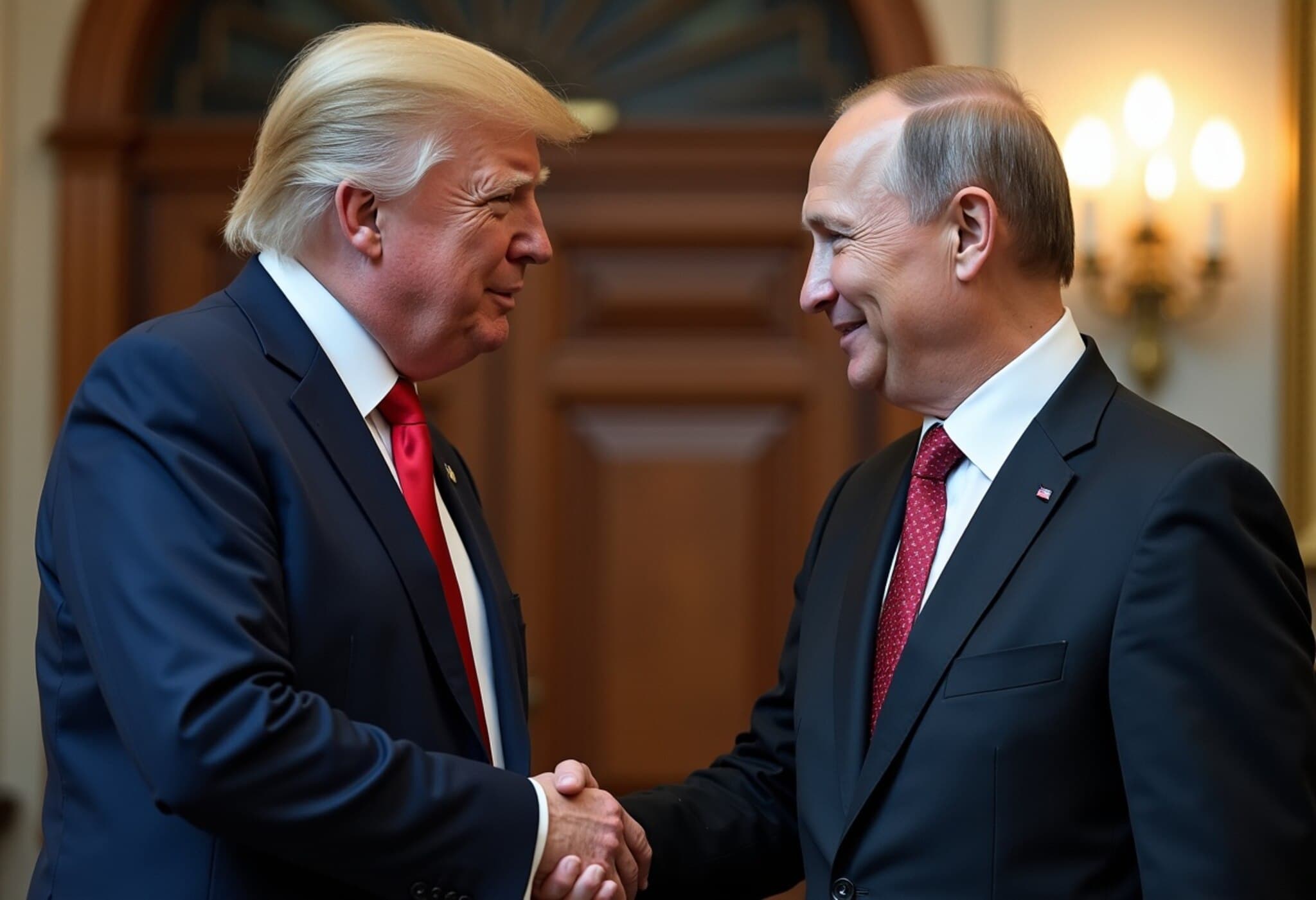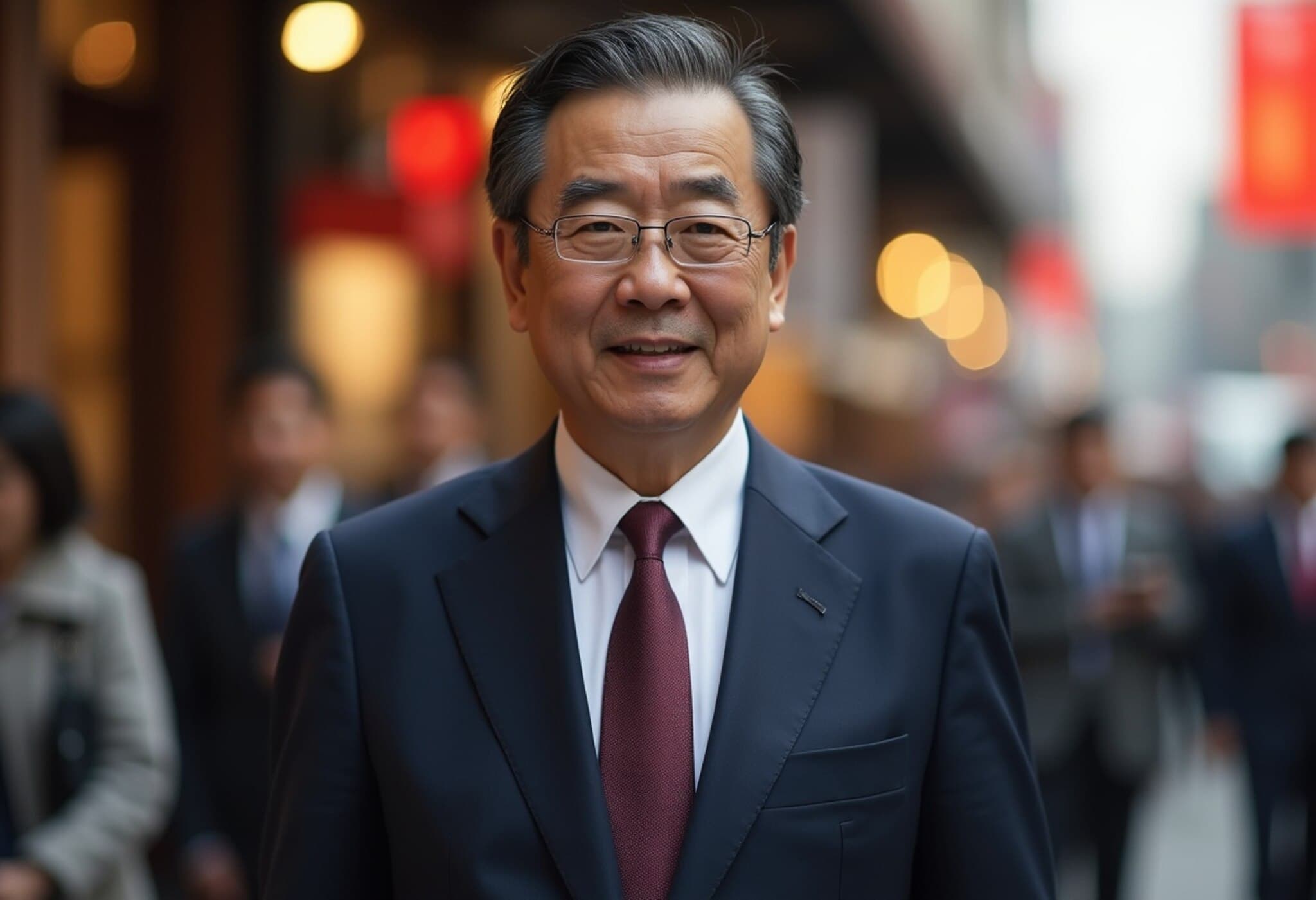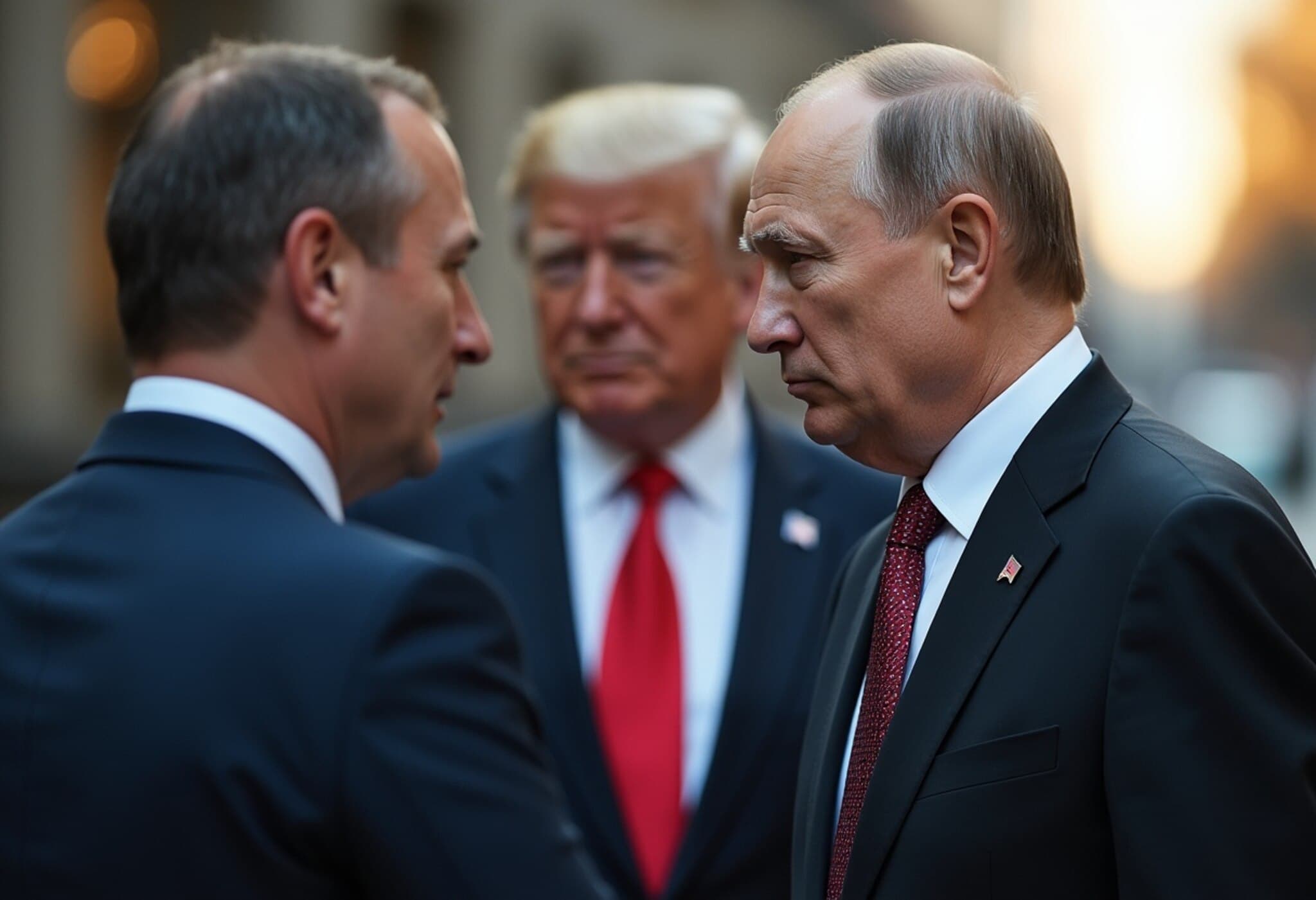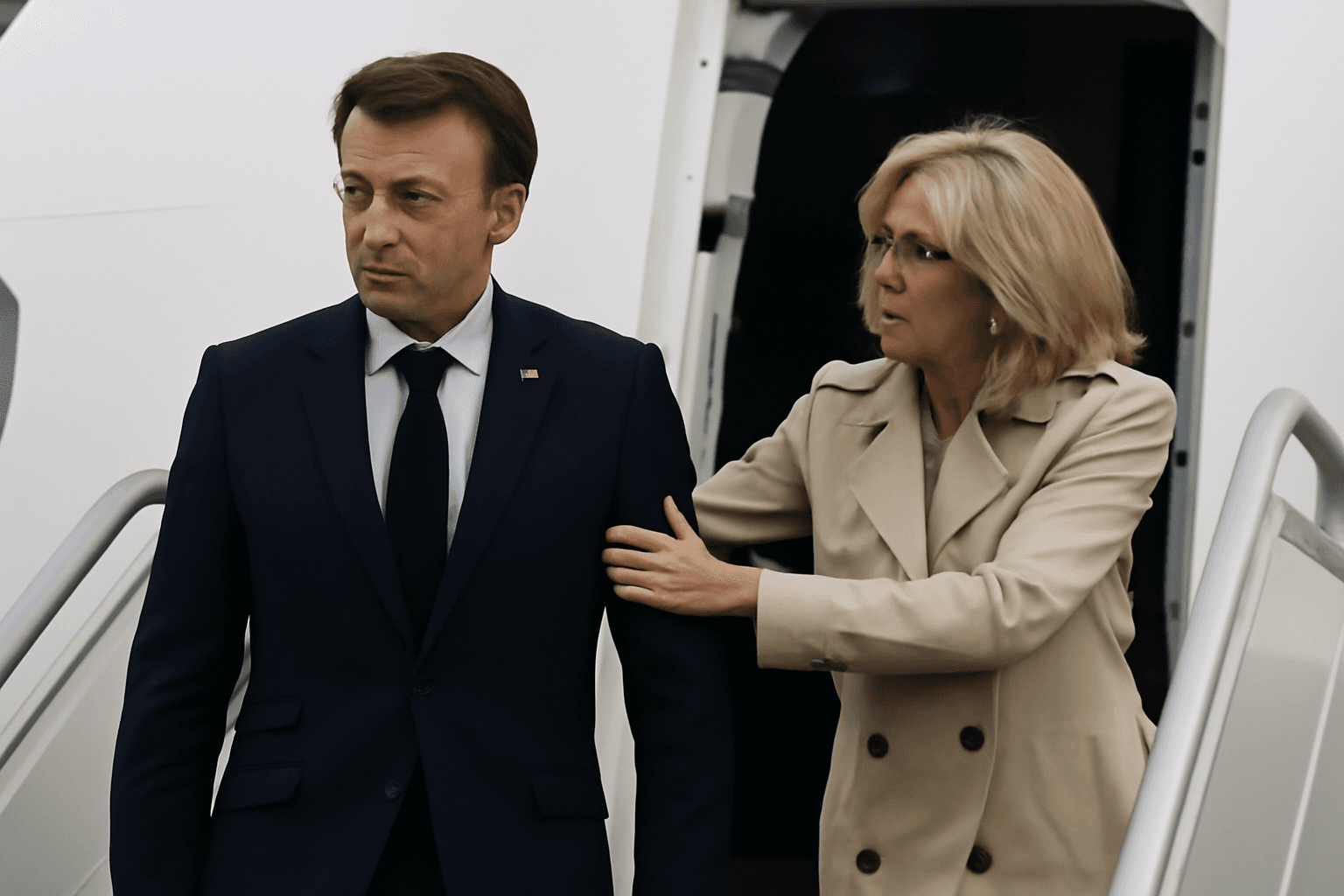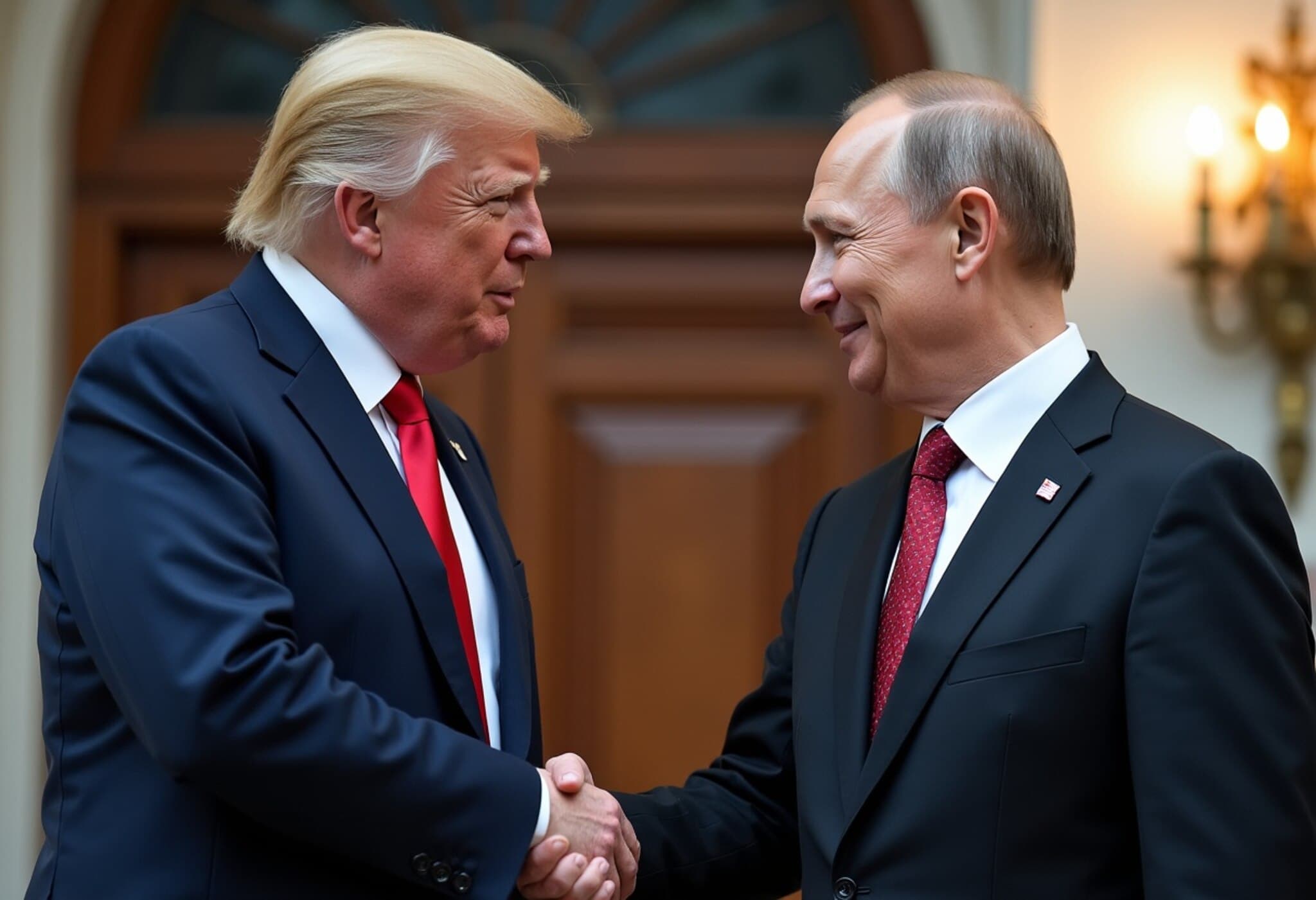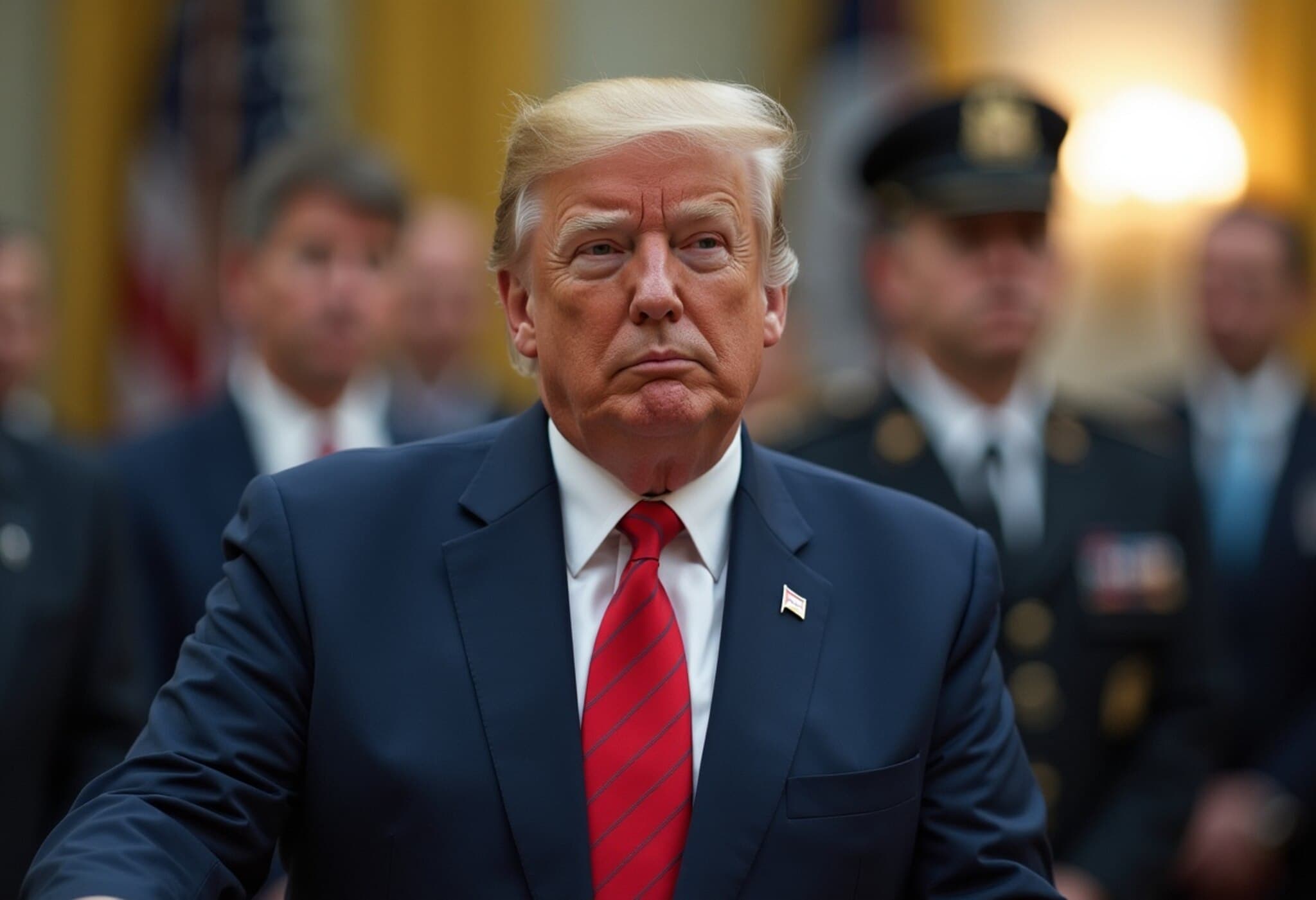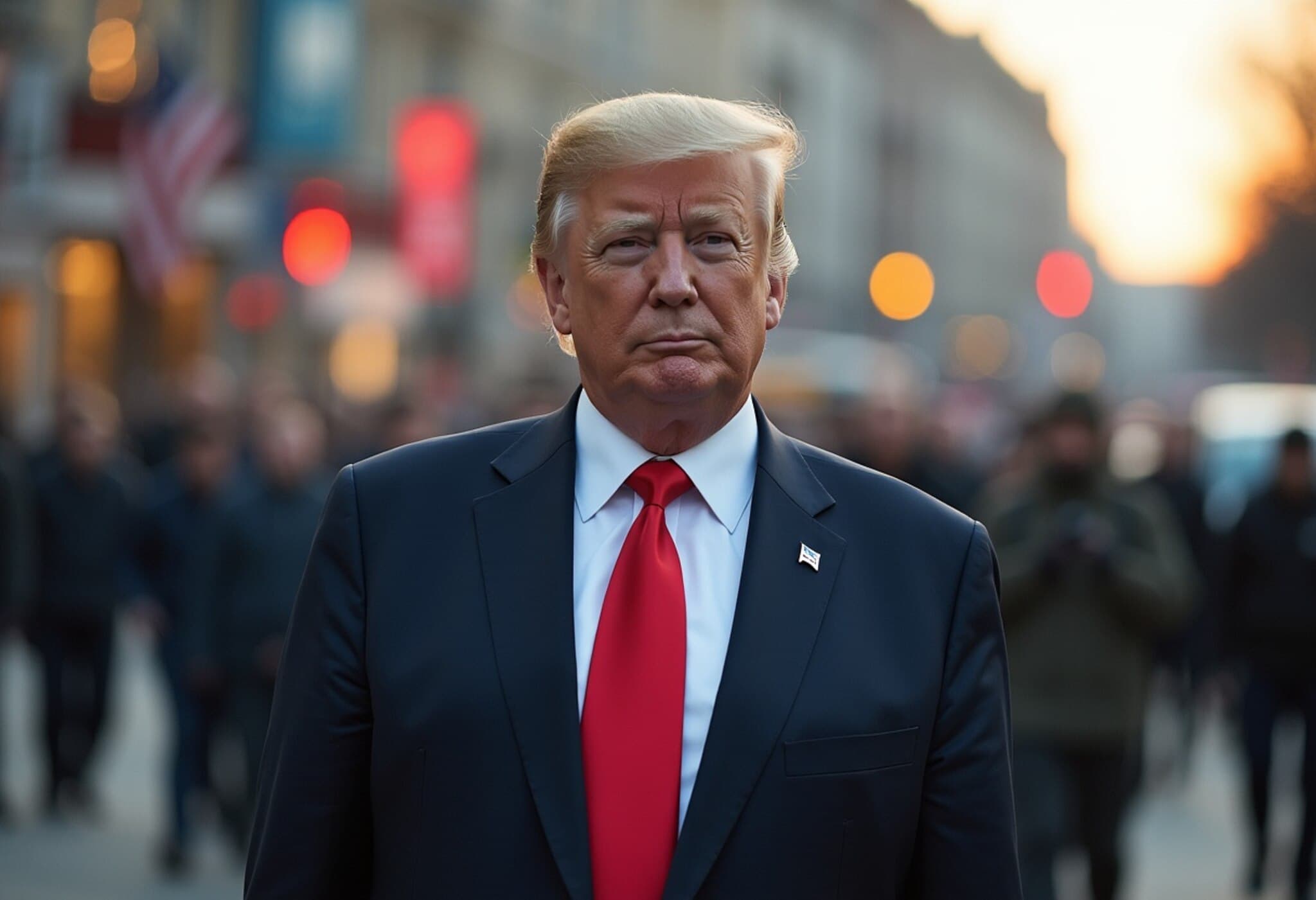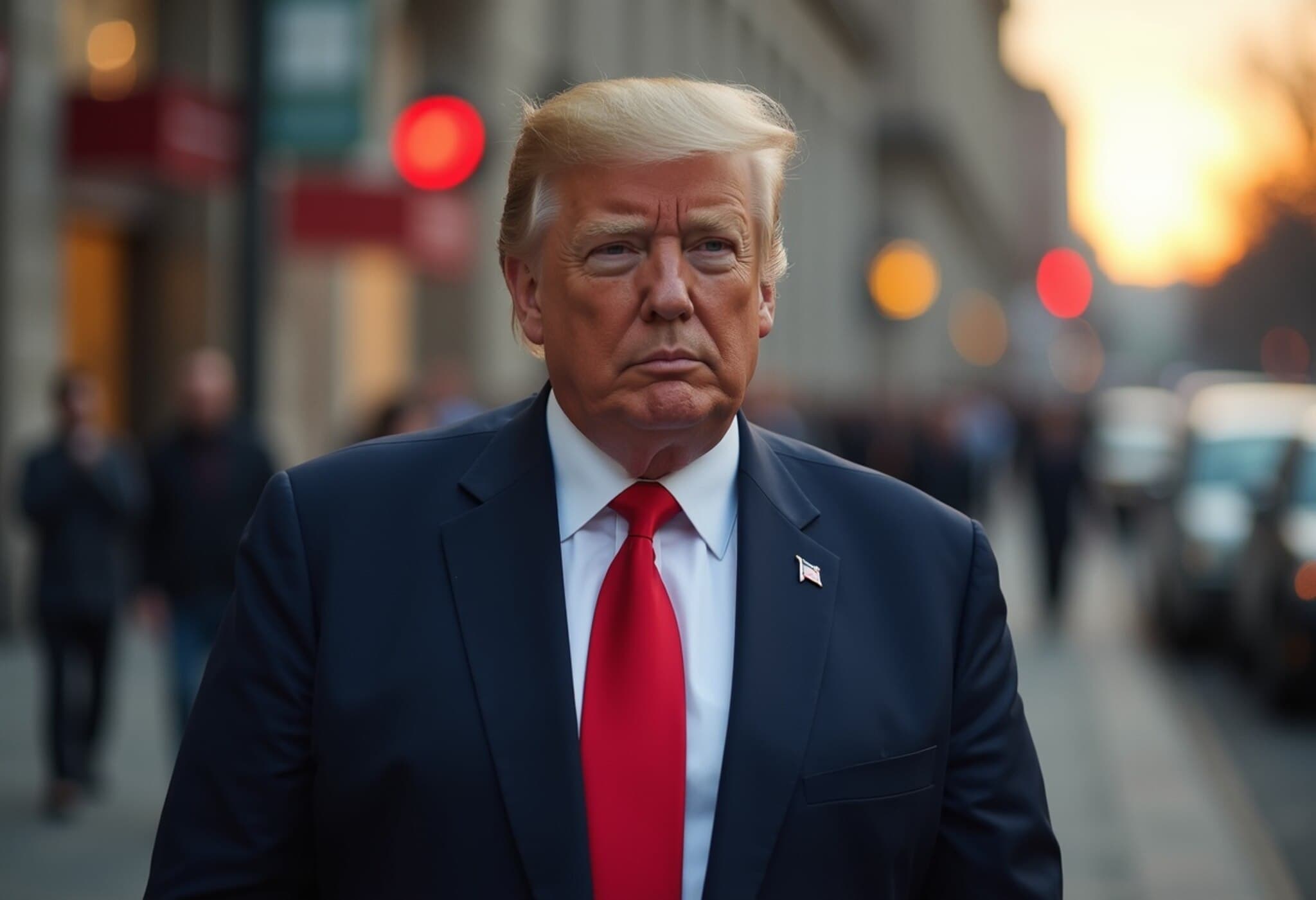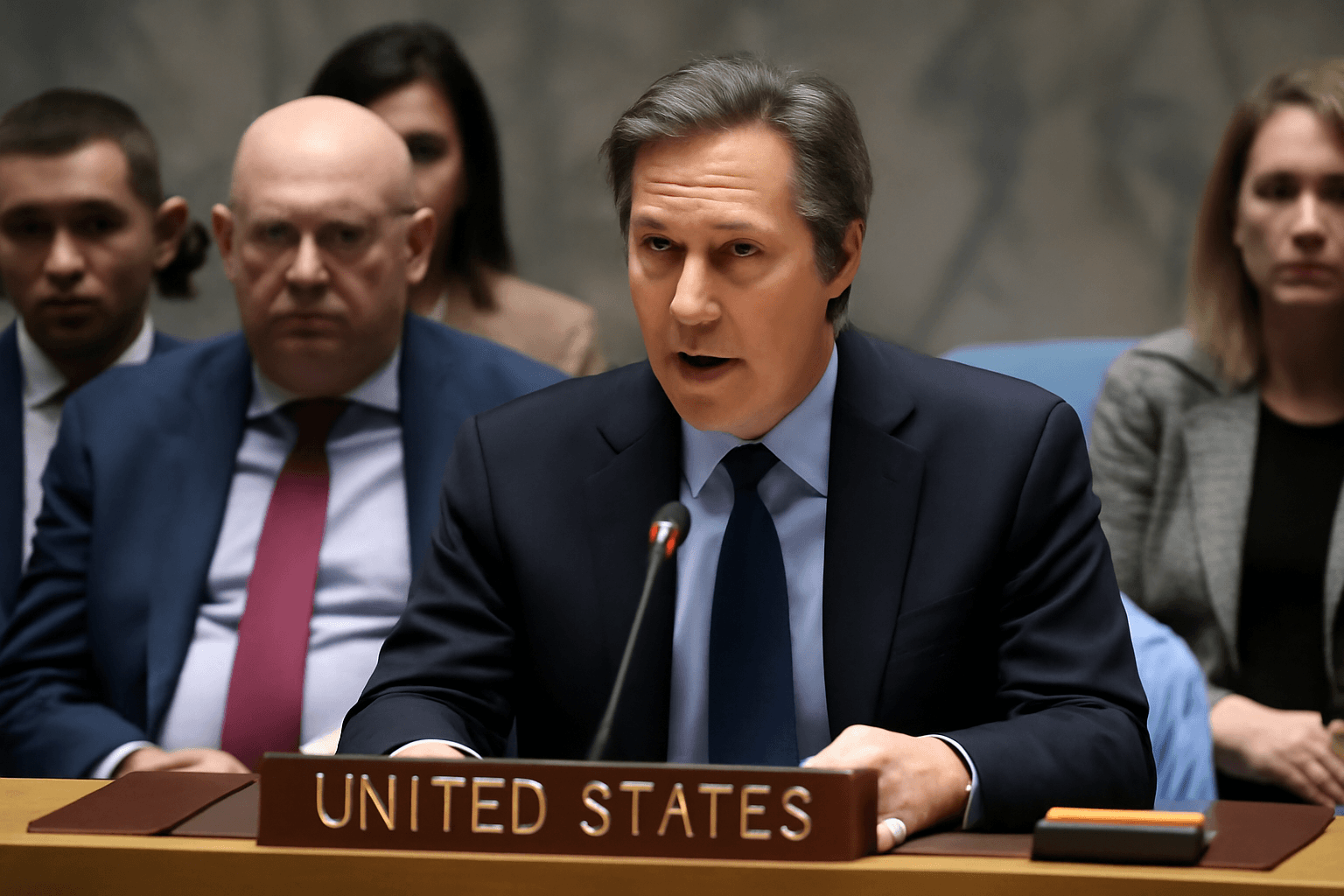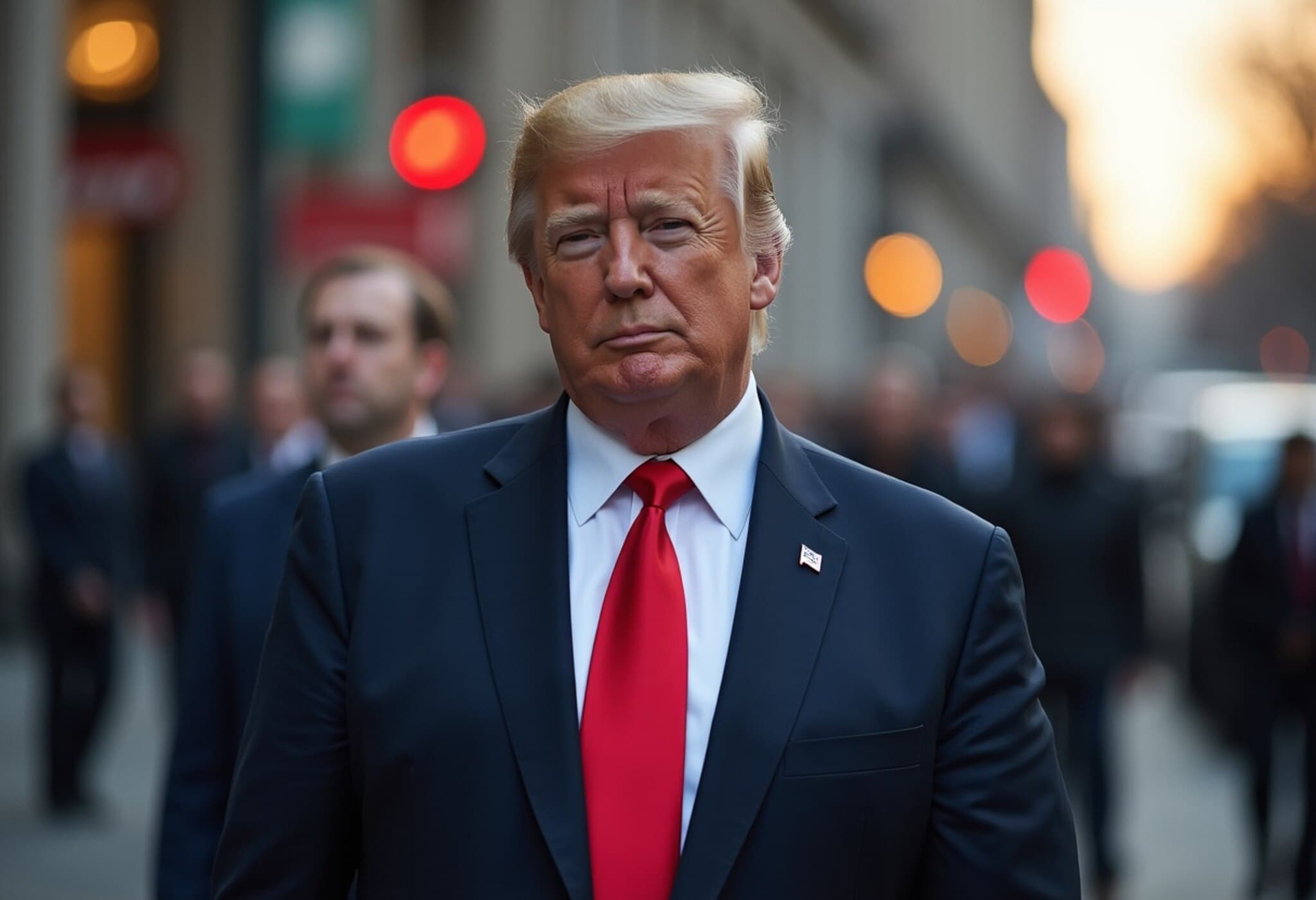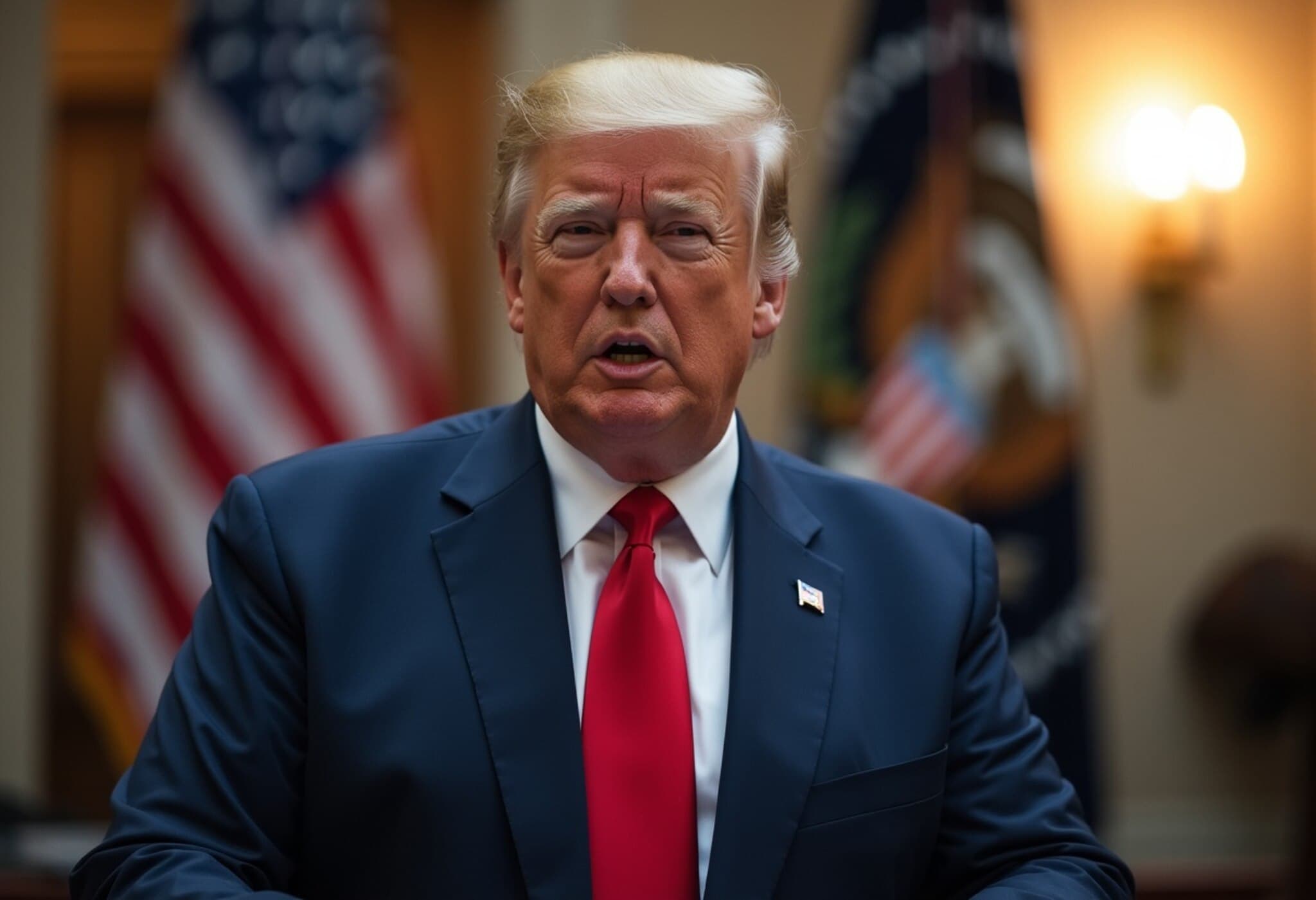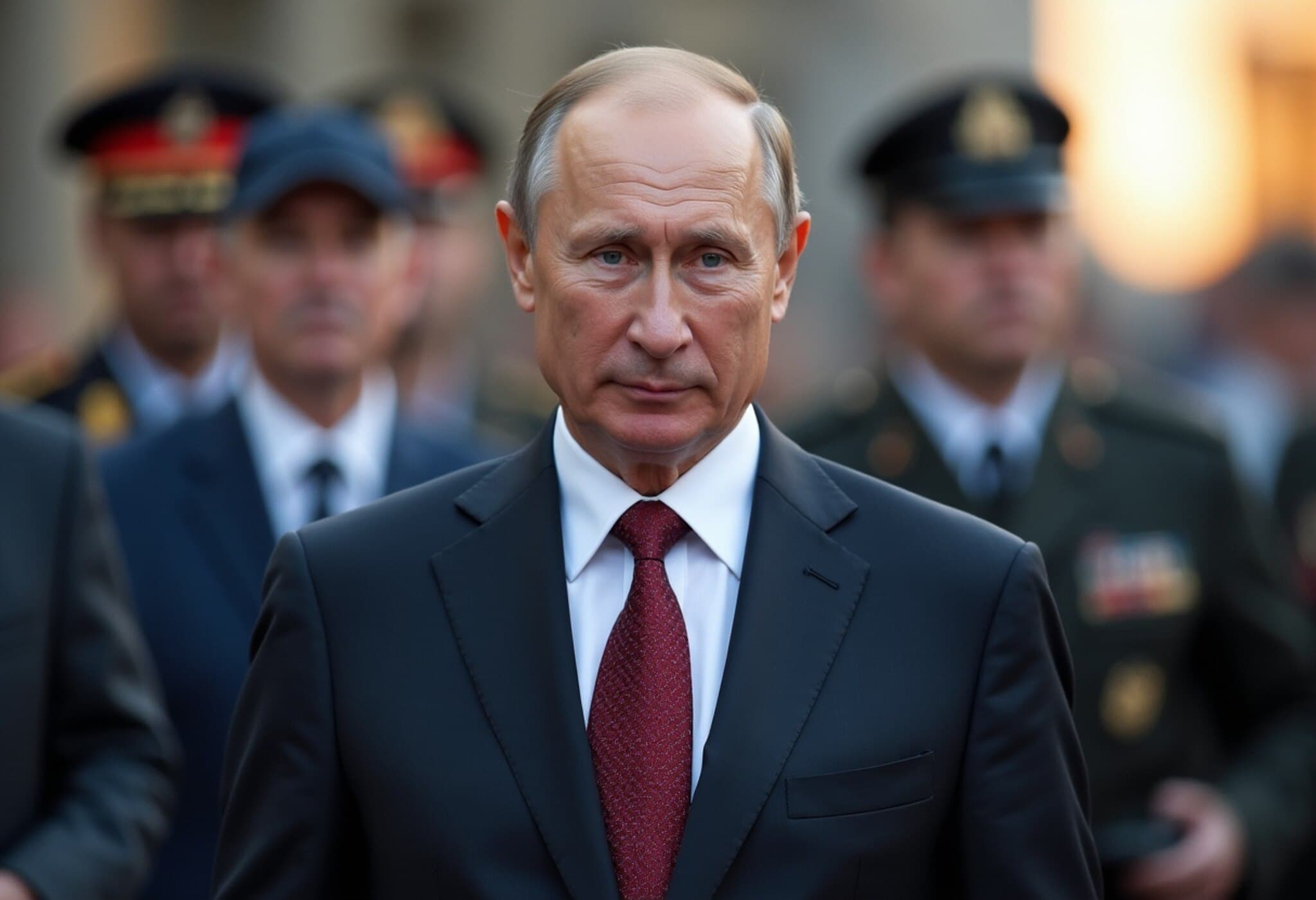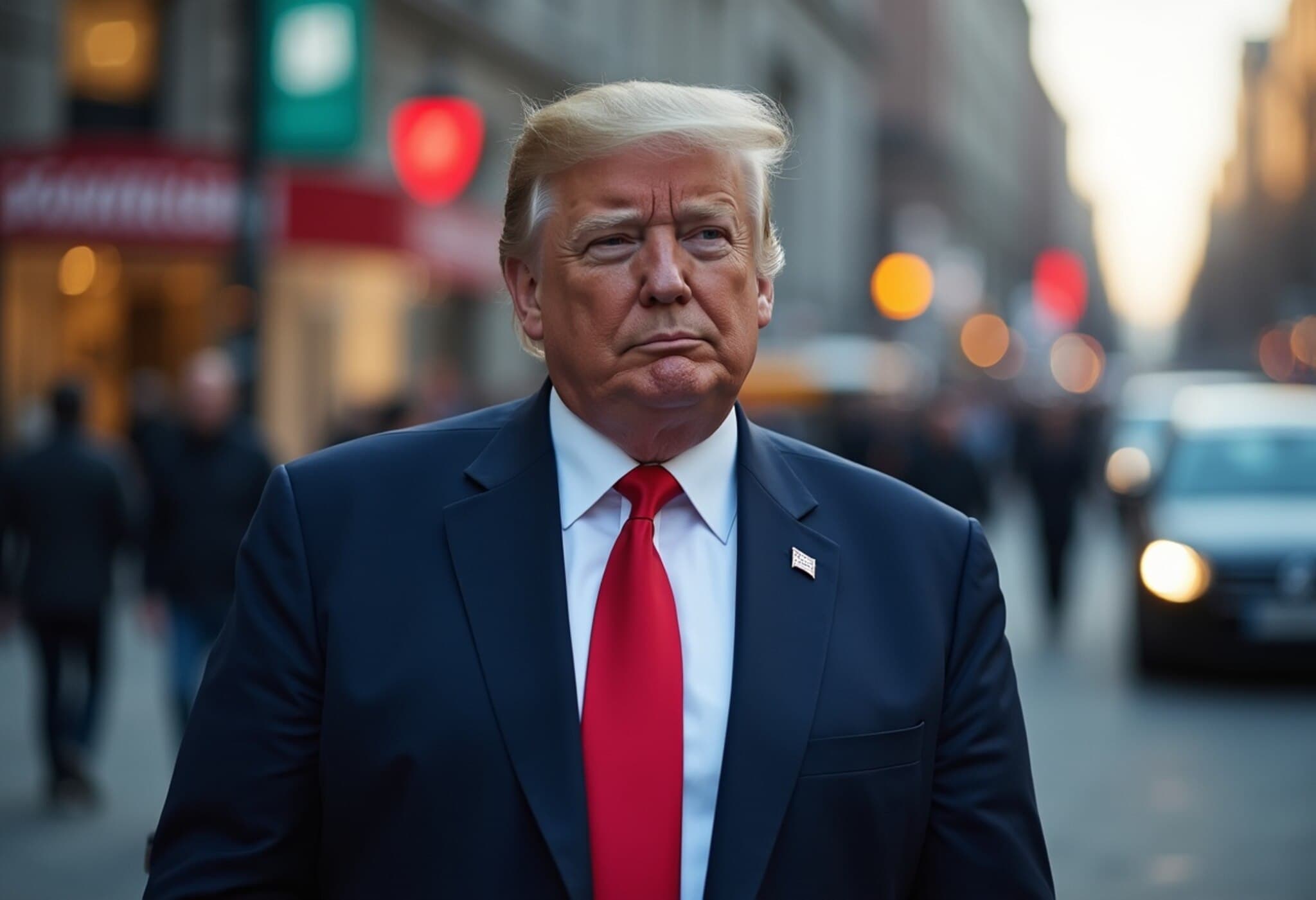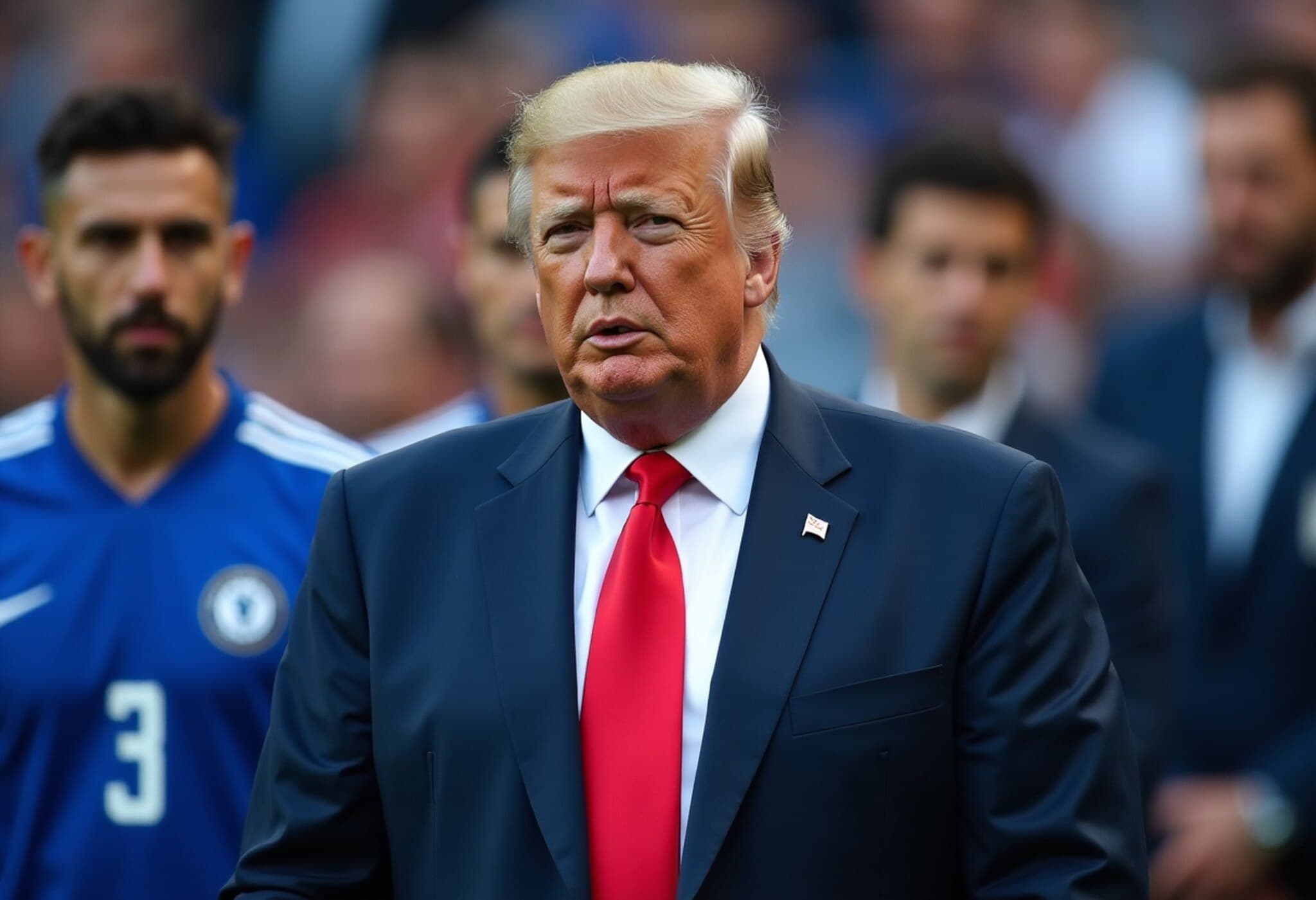Trump Signals Major Shift with New Aggressive Weapons Support for Ukraine
In a marked departure from his previous policy stance, former President Donald Trump is preparing to announce a robust new package of military aid to Ukraine, reflecting a strategic pivot amid the ongoing conflict with Russia. Sources close to the matter have revealed that this new initiative will include offensive armaments, long-range missile systems, and cutting-edge Patriot air defense batteries, signaling a stronger U.S. commitment to Kyiv's defense.
Background: A Shift in Strategy
For months, the Trump administration took a cautious approach to support Ukraine, historically limiting assistance to defensive weaponry to avoid escalating tensions with Moscow. However, frustration over Russia’s persistent aggression—captured in Trump’s own words describing Vladimir Putin’s duplicity—has accelerated a recalibration of U.S. policy. “Putin really surprised a lot of people. He talks nice and then he bombs everybody in the evening,” Trump remarked, reflecting his growing disenchantment with the Kremlin’s leadership.
Details of the New Military Package
The upcoming weapons package, expected to be announced during high-level meetings this week—including discussions with NATO Secretary General Mark Rutte and a visit from a U.S. special envoy to Ukraine—will reportedly feature:
- Patriot air defense systems to defend against missile and aerial attacks, which Ukrainian leadership has repeatedly identified as urgent needs.
- Long-range strike missiles designed to expand Ukraine’s offensive capabilities.
- Various sophisticated military assets aimed at turning the tide against Russian advances.
Trump also indicated these arms would be sold to Ukraine, stating, “They’re going to pay us 100 percent for them… It'll be business for us,” highlighting both a strategic and financial dimension to the decision.
Political and Congressional Pressure
The shift comes at a time when the Pentagon briefly paused weapons deliveries citing concerns over U.S. stockpile depletion. Yet bipartisan congressional forces are pressing for more assertive measures. Senator Lindsey Graham, a vocal supporter of robust aid to Ukraine, recently unveiled legislation granting Trump authority to wield severe economic sanctions—including the power to impose up to 500 percent tariffs on countries aiding Russia. He described this legislative approach as a “sledgehammer” intended to expedite the conclusion of the war.
Ukraine’s Perspective and International Implications
Ukrainian President Volodymyr Zelensky greeted the developments with optimism, describing discussions with Trump as their “best so far” and indicating close progress on agreements for receiving layered Patriot missile defense systems. These advancements signal a deepening security partnership that may recalibrate power balances in Eastern Europe.
Expert Commentary: The Larger Geopolitical Context
This abrupt U.S. policy pivot holds significant implications not just for the trajectory of the Ukraine conflict but also for global diplomatic and defense dynamics. Granting Ukraine offensive capabilities represents a more overt U.S. endorsement of Kyiv’s right to self-defense and may provoke intensified responses from Moscow. The economic dimension of arms sales coupled with proposed tariff-based sanctions reflect a blending of military and economic strategies aimed at constraining Russia’s war effort.
American policymakers must now balance the risks of wider escalation against the imperative to support an embattled democracy confronting invasion. As military aid ramps up, so will scrutiny from global stakeholders wary of an extended proxy conflict.
What Lies Ahead?
The coming weeks will test the durability of U.S.-Ukraine cooperation, the effectiveness of new military shipments, and the Kremlin’s reaction to this bolster in Western support. The decisions made now could reshape the region’s security landscape for years to come.

